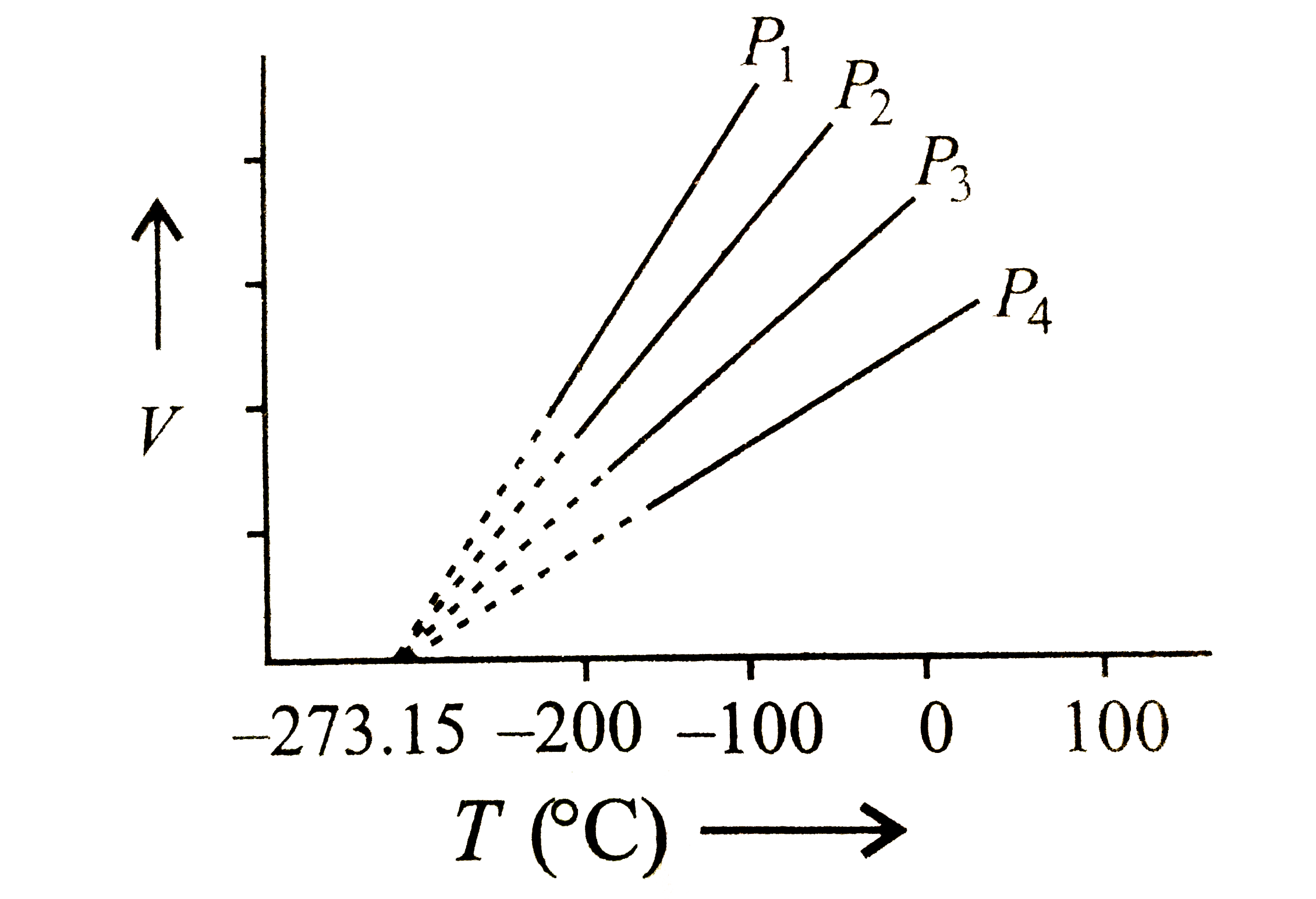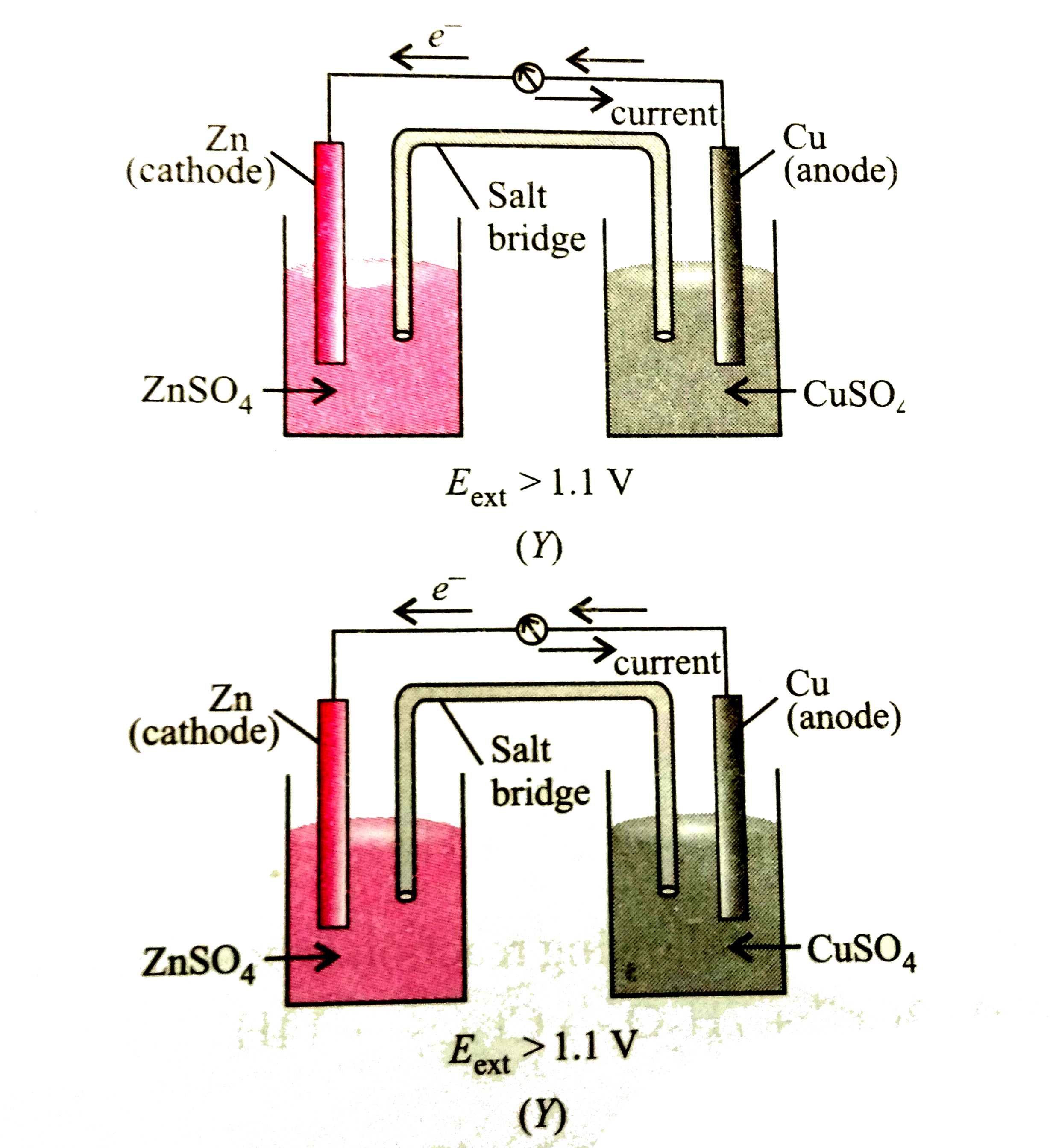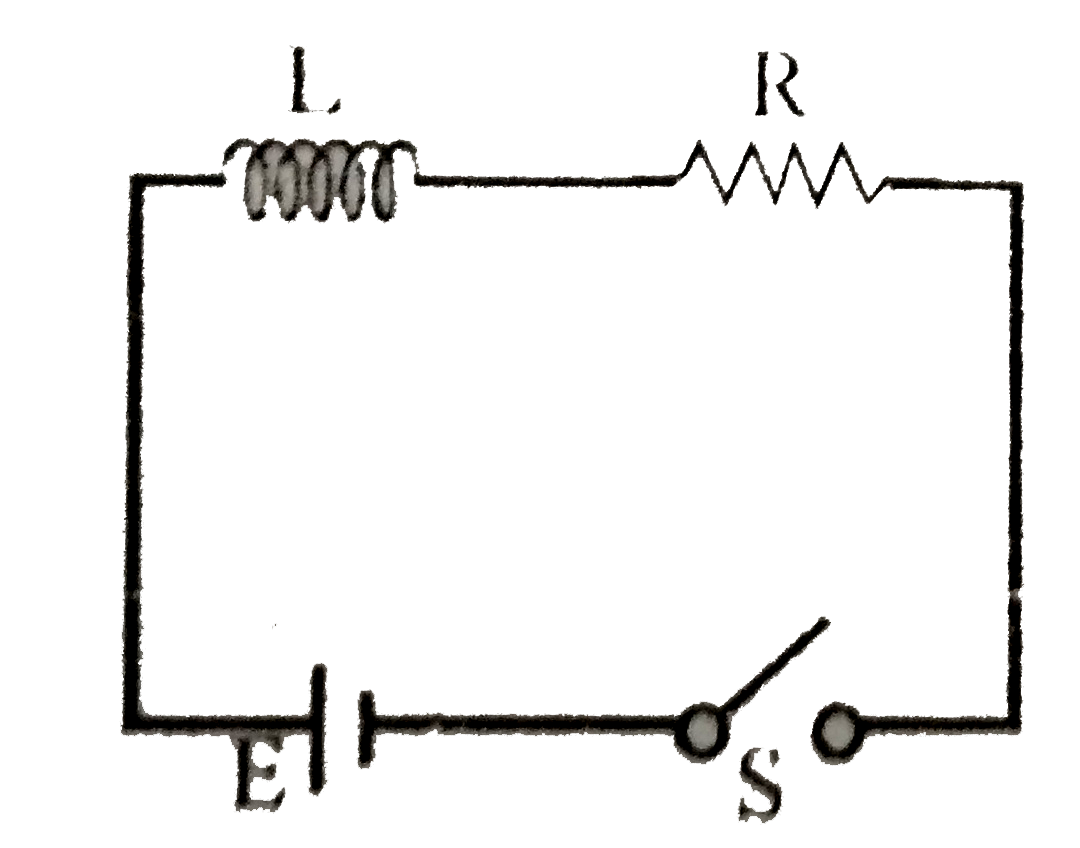Mark the incorrect statement in the following .
The bond order in the species O2,O+2 and O−2 decreases as O+2>O2>O−2
The bond energy in a diatomic molecule always increases when an electron is lost
Electrons in antibonding MO contribute to repulsion between two atoms
With increase in bond order, bond length decreases and bond strength increases.
The correct Answer is:B
To solve the question of identifying the incorrect statement among the given options, we will analyze each option step-by-step.
Step 1: Analyze Option A
Statement: The bond order in the species O2, O2⁺, and O2⁻ decreases as O2⁺ > O2 > O2⁻.
1. Determine the bond order for O2:
- O2 has 16 electrons.
- The molecular orbital (MO) configuration is:
\sigma_{1s}^2 \sigma_{1s}^*^2 \sigma_{2s}^2 \sigma_{2s}^*^2 \sigma_{2p_z}^2 \pi_{2p_x}^2 \pi_{2p_y}^2 \pi_{2p_x}^*^1 \pi_{2p_y}^*^1
- Bond order = (Number of bonding electrons - Number of antibonding electrons) / 2
- Bond order for O2 = (10 - 6) / 2 = 2.
2. Determine the bond order for O2⁺:
- O2⁺ has one less electron than O2.
- Remove one electron from the antibonding orbitals:
- Bond order for O2⁺ = (10 - 5) / 2 = 2.5.
3. Determine the bond order for O2⁻:
- O2⁻ has one more electron than O2.
- Add one electron to the antibonding orbitals:
- Bond order for O2⁻ = (10 - 7) / 2 = 1.5.
4. Conclusion for Option A:
- The bond order increases as O2⁺ (2.5) > O2 (2) > O2⁻ (1.5).
- Thus, Option A is correct.
Step 2: Analyze Option B
Statement: The bond energy in a diatomic molecule always increases when an electron is lost.
1. Evaluate the statement:
- This statement is too absolute with the word "always".
- For example, in the case of O2 to O2⁺, the bond order increases, and thus the bond energy increases.
- However, in the case of N2 to N2⁺, the bond order decreases, leading to a decrease in bond energy.
2. Conclusion for Option B:
- Since bond energy may either increase or decrease when an electron is lost, this statement is incorrect.
Step 3: Analyze Option C
Statement: Electrons in antibonding MOs contribute to repulsion between two atoms.
1. Evaluate the statement:
- Electrons in antibonding molecular orbitals do indeed contribute to repulsion between the two atoms.
- This statement is correct.
Step 4: Analyze Option D
Statement: With an increase in bond order, bond length decreases and bond energy increases.
1. Evaluate the statement:
- There is an inverse relationship between bond order and bond length (higher bond order = shorter bond length).
- Higher bond order also correlates with higher bond energy.
- This statement is correct.
Final Conclusion
The incorrect statement among the options is Option B.
Statement: The bond order in the species O2, O2⁺, and O2⁻ decreases as O2⁺ > O2 > O2⁻.
- O2 has 16 electrons.
- The molecular orbital (MO) configuration is:
\sigma_{1s}^2 \sigma_{1s}^*^2 \sigma_{2s}^2 \sigma_{2s}^*^2 \sigma_{2p_z}^2 \pi_{2p_x}^2 \pi_{2p_y}^2 \pi_{2p_x}^*^1 \pi_{2p_y}^*^1
- Bond order = (Number of bonding electrons - Number of antibonding electrons) / 2
- Bond order for O2 = (10 - 6) / 2 = 2.
- O2⁺ has one less electron than O2.
- Remove one electron from the antibonding orbitals:
- Bond order for O2⁺ = (10 - 5) / 2 = 2.5.
- O2⁻ has one more electron than O2.
- Add one electron to the antibonding orbitals:
- Bond order for O2⁻ = (10 - 7) / 2 = 1.5.
- The bond order increases as O2⁺ (2.5) > O2 (2) > O2⁻ (1.5).
- Thus, Option A is correct.
Statement: The bond energy in a diatomic molecule always increases when an electron is lost.
- This statement is too absolute with the word "always".
- For example, in the case of O2 to O2⁺, the bond order increases, and thus the bond energy increases.
- However, in the case of N2 to N2⁺, the bond order decreases, leading to a decrease in bond energy.
- Since bond energy may either increase or decrease when an electron is lost, this statement is incorrect.
Statement: Electrons in antibonding MOs contribute to repulsion between two atoms.
- Electrons in antibonding molecular orbitals do indeed contribute to repulsion between the two atoms.
- This statement is correct.
Statement: With an increase in bond order, bond length decreases and bond energy increases.
- There is an inverse relationship between bond order and bond length (higher bond order = shorter bond length).
- Higher bond order also correlates with higher bond energy.
- This statement is correct.
The incorrect statement among the options is Option B.
Similar Questions
Knowledge Check
- Question 1 - Select One
Mark the incorrect statement from the following
ABenzene has a planar structureBBenzene is an unsaturated hydrocarbon and shows addition reactions like alkenes.CIn benzene carbon uses two p-orbitals for hybridisationDaromatic hydrocarbons contain high percentage of carbon hence burn with sooty flame. - Question 2 - Select One
The incorrect statement among the following is
AThe first ionisation potential of Al is less than the first ionisation potential of Mg.BThe second ionisation potential of Mg is greater than the second ionisation potential of Na.CThe first ionisation potential of Na is less than the first ionisation potential of Mg.DThe third ionisation potential of Mg is greater than the third ionisation potential of Al.
Mark an incorrect statement :
View SolutionA wave moves ar a constant speed along a stretched string.Mark the incorrect statement out of the following:
View SolutionStudy the following graph and mark the incorrect statement following it .
 View Solution
View SolutionIncorrect statement among the following is
View SolutionSelect the incorrect statement of the following.
View SolutionMark the incorrect statement w.r.t ECG
View Solution



